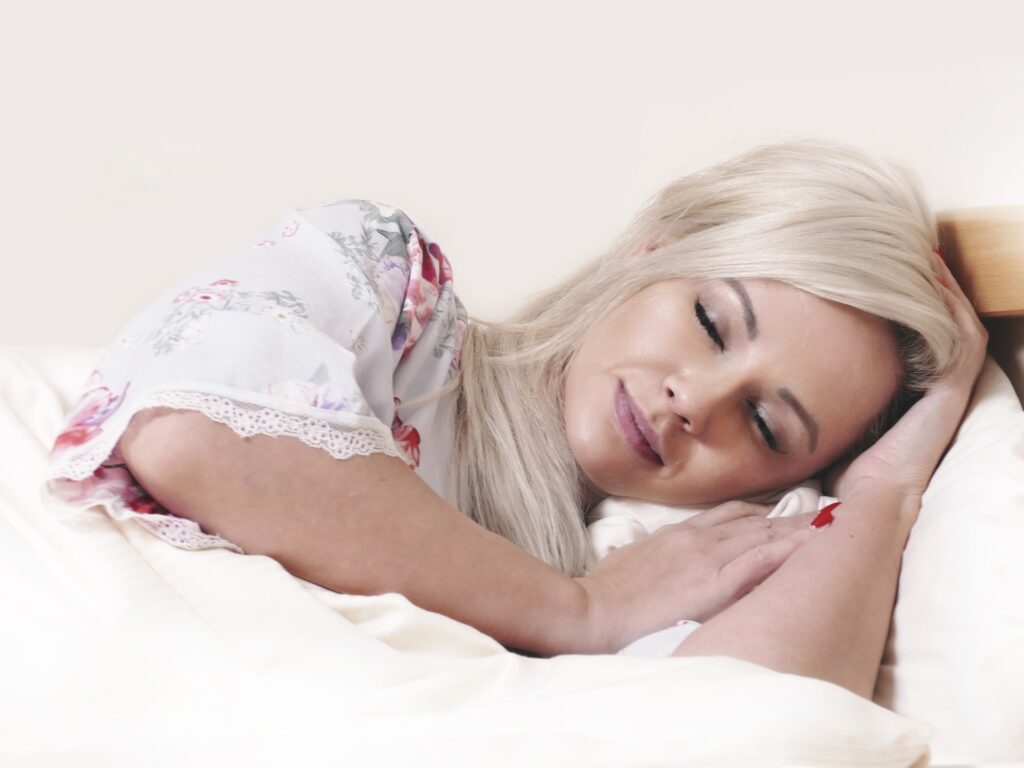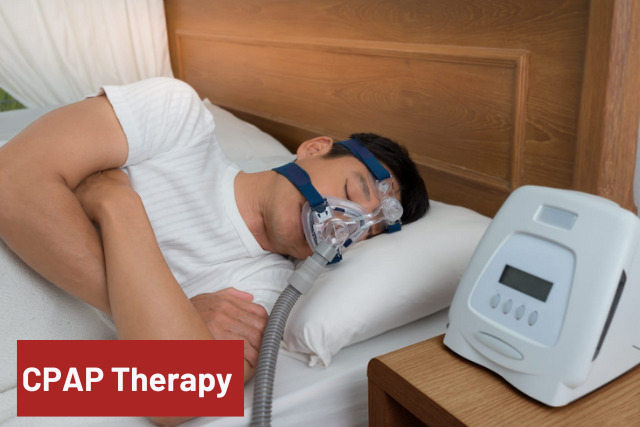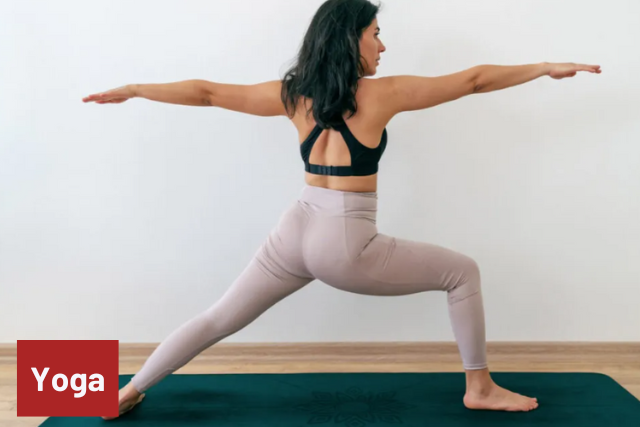
An estimated 22 million Americans struggle with sleep apnea. It’s a frustrating sleep disorder that leads to problems like high blood pressure, stroke, heart failure, diabetes, depression, and worsening ADHD.
What exactly is sleep apnea? How does one handle it? Read on to find out.
What Is Sleep Apnea: Causes, Types, Si & Treatments
Sleep apnea is a serious sleep disorder that happens when a person’s breathing is interrupted during sleep. This can happen repeatedly during their sleep, sometimes up to hundreds of times. This is bad news because it means the brain and the rest of the body are not getting enough oxygen. There are two types.
Obstructive sleep apnea (OSA) is the most common form. It is caused by a blockage of the airway, usually when the soft tissue in the back of the throat collapses during sleep.
With the second type, central sleep apnea the airway is not blocked, instead, the brain does not signal the muscles to breathe like it’s supposed to because there’s instability in the respiratory control center.
Do you have sleep apnea? Because this sleeping disorder happens when you’re unconscious millions of people have it but are unaware of it. So you should know about How to treat sleep apnea. Here’s a brief quiz designed by the American Sleep Apnea Association:
- Are you a loud and regular snorer?
- Have you ever been observed to stop breathing during sleep?
- Do you feel tired when you wake up?
- Do you often wake up with a headache?
- Are you often fatigued during the day?
- Do you fall asleep while performing other activities?
- Do you often have problems remembering things?
If you answered yes to these questions and you suspect you have this disease, here are useful tips to deal with it.
CPAP Therapy For Sleep Apnea

One of the most common remedies doctors prescribe for sleep apnea is the use of a continuous positive airway pressure machine via CPAP therapy. CPAP therapy is an effective home treatment that works by keeping a patient’s airway continuously open and stimulating breathing by pumping air with a machine.
CPAP therapy is a very effective method of dealing with sleep apnea. When used correctly with a well-maintained machine, the benefits include:
- Normal sleeping patterns
- Improved quality of sleep
- Better concentration and memory retention
- Alertness during the day due to good night’s rest
- Elimination of snoring problems
- Lowering of hypertension
- Improved general and mental health
- Improved quality of life
However, you don’t have to move straight to CPAP therapy. You might have mild sleep apnea, in which case there are simpler methods you can try below.
Yoga

Studies associate sleep apnea with decreased oxygen saturation in your blood. Yoga specifically improves your respiratory strength and encourages oxygen flow. Because of its numerous breathing exercises, doing yoga will improve your oxygen levels, resulting in a fewer amount of sleep interruptions you experience.
It doesn’t have to be yoga. Regular exercise increases your energy level, strengthens your heart, and thus improves your sleeping experience.
Sleep On Your Side
It has long been proven that your sleeping position affects your quality of sleep. One study found that more than half of obstructive sleep apnea cases were dependent on sleeping position. In fact, studies have shown that sleeping on your back (supine position) can worsen sleep apnea symptoms.
Sleeping on your side (log position) may be the best position for you to handle your sleep apnea. Sleeping on your side opens up your airways. Plus there’s the added benefit of reduced neck and back pain because our spine is aligned.
Here’s how to do it right:
- Place a firm pillow underneath your head when you lie down, preferably on a medium-firm mattress.
- When you lie down your ears should be in line with your shoulders. Remember not to tuck your chin into your chest by keeping your head down.
- Your arms and hands should remain below your face and neck, preferably parallel to the sides.
- Place a firm pillow between your knees especially if you have low back pain. This way your spine will be better aligned.
- Lift your knees slightly toward your chest so that there’s reduced pressure on your back.
Try A Humidifier (Sleep Apnea Machine)
A humidifier is a device that adds moisture to the air. This is helpful because dry air irritates the respiratory system. A humidifier will help open your airways, decrease congestion, and encourage clearer breathing.
For added benefits consider adding essential oils. Some essential oils have been proven to aid in sleep with their soothing smells and anti-inflammatory properties. Examples of such essential oils include lavender essential oil, peppermint essential oil, and eucalyptus essential oil.
Note that humidifiers can harbor mold and bacteria, so follow the manufacturer’s instructions on how to properly clean yours.
Sleep apnea is a sleeping disorder that may affect your overall health and quality of life if steps are not taken. When the right steps are taken, however, there’s no reason why sleep apnea should keep you from a good night’s rest.
